Rising Healthcare Expenditure
The increasing healthcare expenditure in China is a significant driver for this sector. As the country continues to invest heavily in its healthcare infrastructure, spending is projected to reach 10 trillion yuan by 2025. This surge in expenditure is likely to enhance access to advanced medical treatments, including those targeting antibiotic-resistant infections. Hospitals and healthcare providers are expected to allocate more resources towards the procurement of innovative antibiotics and diagnostic tools. Furthermore, the growing demand for effective treatments is likely to stimulate research and development efforts within the antibiotic resistance market. As healthcare costs rise, the focus on preventing and managing antibiotic resistance becomes paramount, thereby creating opportunities for market expansion.
Growing Demand for Alternative Therapies
The growing demand for alternative therapies to combat antibiotic resistance is emerging as a key driver for the antibiotic resistance market in China. As awareness of the limitations of traditional antibiotics increases, healthcare professionals and patients are exploring options such as bacteriophage therapy, immunotherapy, and probiotics. These alternative treatments are gaining traction due to their potential to circumvent resistance mechanisms and provide effective solutions for infections caused by resistant bacteria. The market for these therapies is projected to expand significantly, with investments in research and development expected to increase. In 2025, the Chinese market for alternative therapies is anticipated to reach 2 billion yuan, reflecting a shift in treatment paradigms. This trend underscores the need for innovative approaches to address the challenges posed by antibiotic resistance.
Government Initiatives and Policy Support
Government initiatives aimed at combating antibiotic resistance are significantly influencing the antibiotic resistance market in China. The Ministry of Health has implemented various policies to promote responsible antibiotic use and enhance surveillance of antibiotic resistance patterns. These initiatives include the establishment of national action plans and funding for research projects focused on developing new antibiotics. In 2025, the Chinese government allocated approximately 500 million yuan to support research in this area, reflecting a commitment to addressing the growing threat of antibiotic resistance. Such policy support not only encourages innovation but also fosters collaboration between public and private sectors, ultimately driving growth in the antibiotic resistance market. The proactive stance taken by the government is expected to yield positive outcomes in the fight against resistant infections.
Technological Advancements in Diagnostics
Technological advancements in diagnostics are playing a pivotal role in shaping the antibiotic resistance market in China. The development of rapid diagnostic tests enables healthcare providers to identify resistant bacterial strains more efficiently, facilitating timely and appropriate treatment decisions. Innovations such as next-generation sequencing and molecular diagnostics are becoming increasingly prevalent, allowing for precise identification of pathogens and their resistance profiles. This shift towards advanced diagnostic tools is expected to enhance patient outcomes and reduce the misuse of antibiotics. As a result, the demand for these technologies is likely to grow, driving investment in the antibiotic resistance market. The integration of cutting-edge diagnostic solutions into clinical practice is essential for addressing the challenges posed by antibiotic resistance.
Increasing Incidence of Antibiotic-Resistant Infections
The rising incidence of antibiotic-resistant infections in China is a critical driver for this market. Reports indicate that approximately 1 million deaths annually are attributed to antibiotic resistance, highlighting the urgent need for effective solutions. This alarming trend has prompted healthcare authorities to prioritize the development of new antibiotics and alternative therapies. The Chinese government has recognized the economic burden posed by these infections, which is estimated to cost the healthcare system billions of yuan each year. Consequently, investments in research and development are likely to surge, fostering innovation in the antibiotic resistance market. The increasing prevalence of resistant strains of bacteria necessitates a comprehensive approach to combat this public health crisis, thereby driving demand for advanced treatment options.


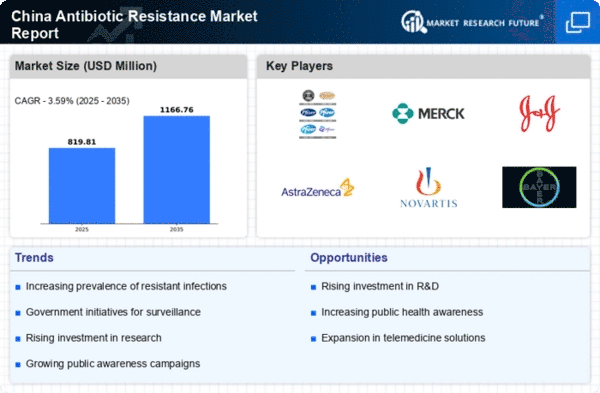
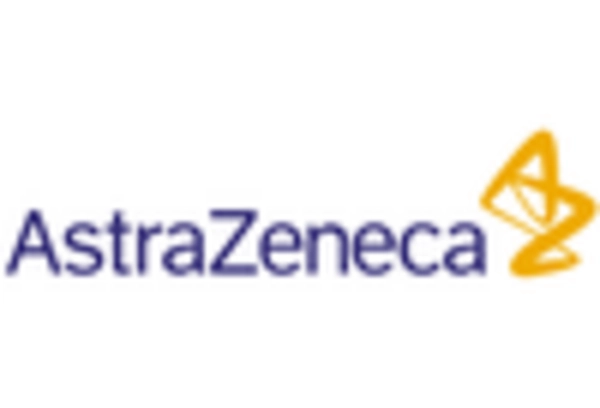
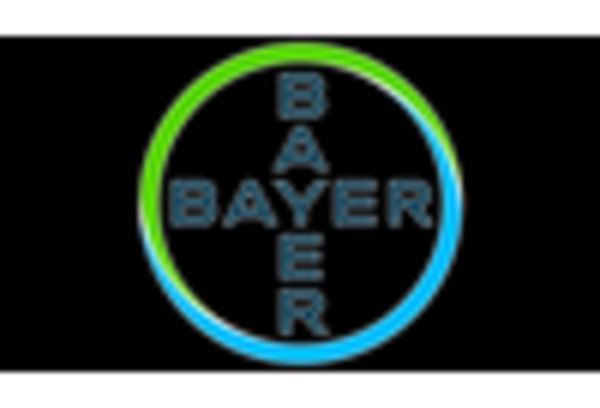

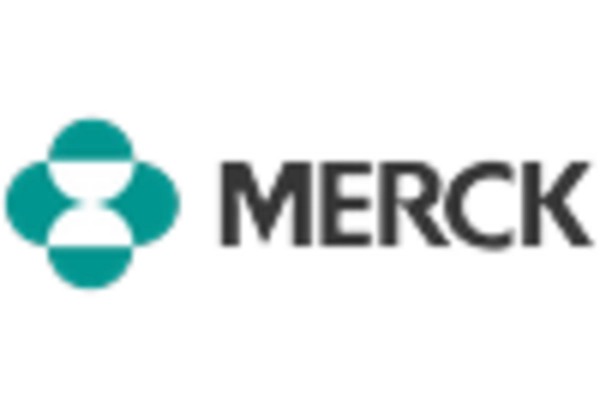
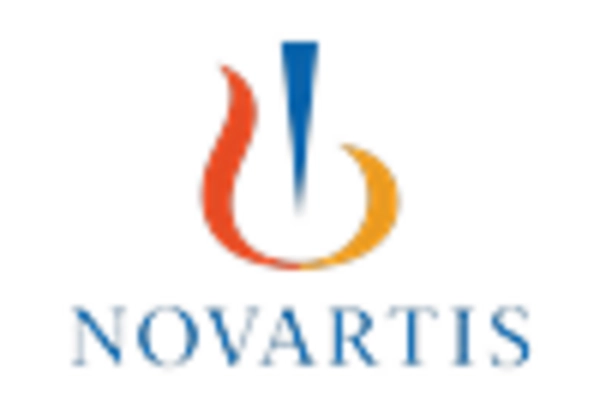
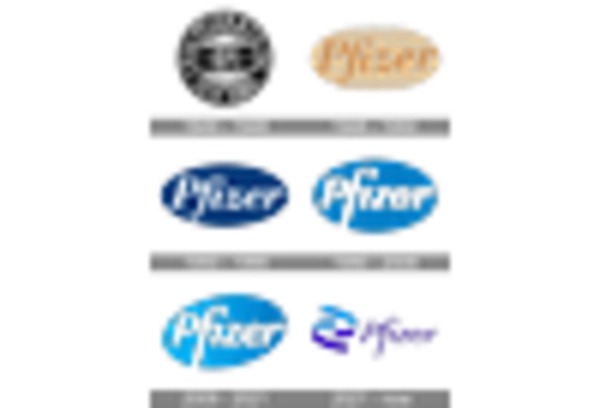








Leave a Comment